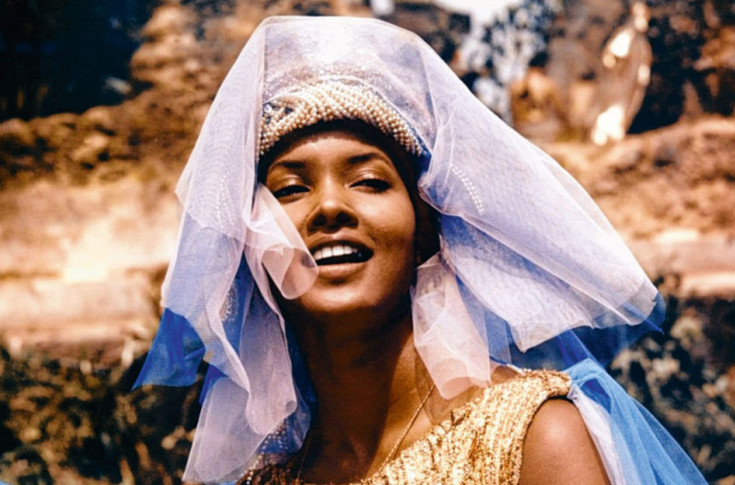
The Sound of the '50s
Spectacle, Cold War and Jazz
In the 1950s, more and more people had a television in their home – competition for the cinema. But Hollywood went into battle mode and enticed the public with grandiose musicals such as Singin’ in the Rain (Stanley Donen & Gene Kelly 1952). In addition, spectacle films had to tempt viewers with something they didn’t have at home: CinemaScope’s widescreen format and
Technicolour’s sparkling colours. These epics demanded scores with large orchestras and choirs, such as the glorious march in Ben Hur (William Wyler, 1959).
Meanwhile tension brewed between the world’s superpowers America and Russia. When the Russians were the first to successfully go into space, Hollywood responded with a quintessential Cold War genre: science fiction. To create the accompanying music, a theremin was used – an electronic instrument with sounds that seemed to come directly from outer space.
With the soundtrack for A Streetcar Named Desire (Elia Kazan 1951), jazz made its debut at the cinema. But jazz was only considered suitable for films about violence, adultery and alcoholism. One of the few black composers of American film scores was Duke Ellington. He wrote a jazz-infused soundtrack for Anatomy of a Murder (Otto Preminger 1959).
Post-war cinema flourished outside of America too. In Italy director, Federico Fellini and composer Nino Rota embarked on a long-term collaboration. From France, the rousing music in Mon Oncle (Jacques
Tati 1958) won the public’s hearts. And the bossa nova became popular thanks to the Brazilian film Orfeu Negro (Marcel Camus 1959).
Listen to the chill of the Cold War and the loneliness of jazz

Facts of Filmmusic
The Man with the Golden Arm (1955)
.png/a22351b60cd7a921c1c4ec8061fbae73.png)
Le notti di Cabiria by Federico Fellini (1957)
-1637232907.png/935353a23b1cd7a9db387b1e2e6005b0.png)
Imitation of Life (1959)
.png/7663b891486e5c9fbacf8ef23a004c77.png)
Ascenseur pour l’Échafaud






